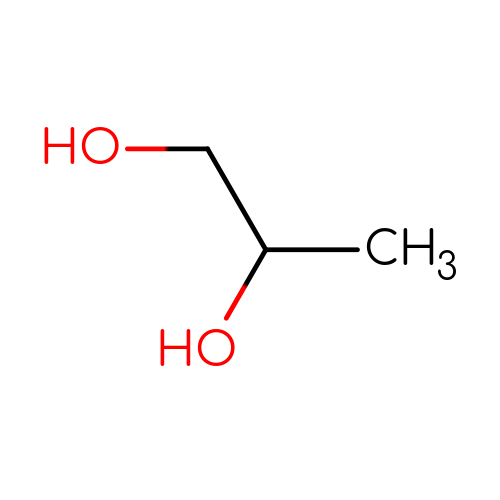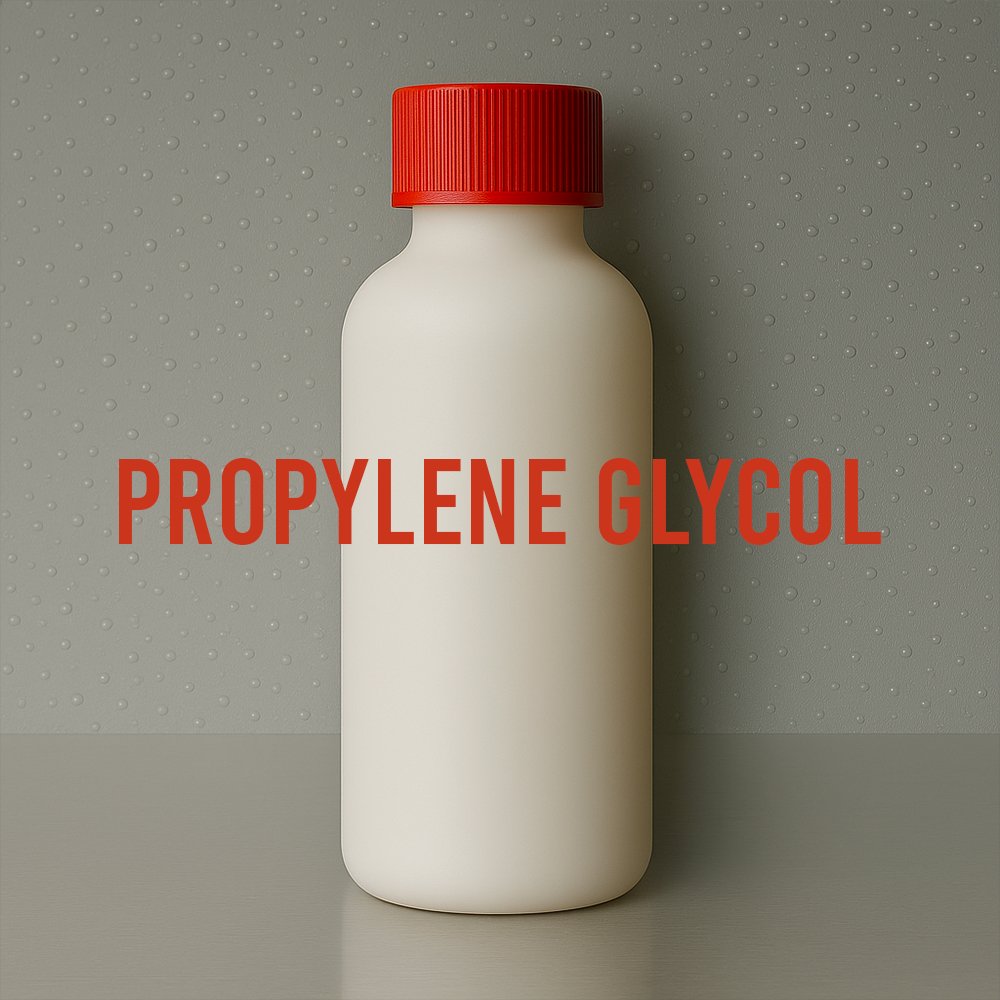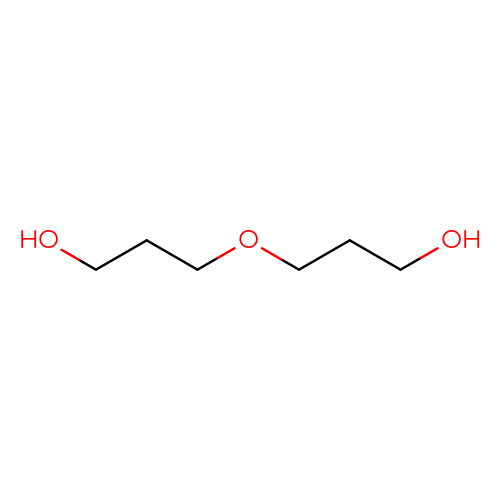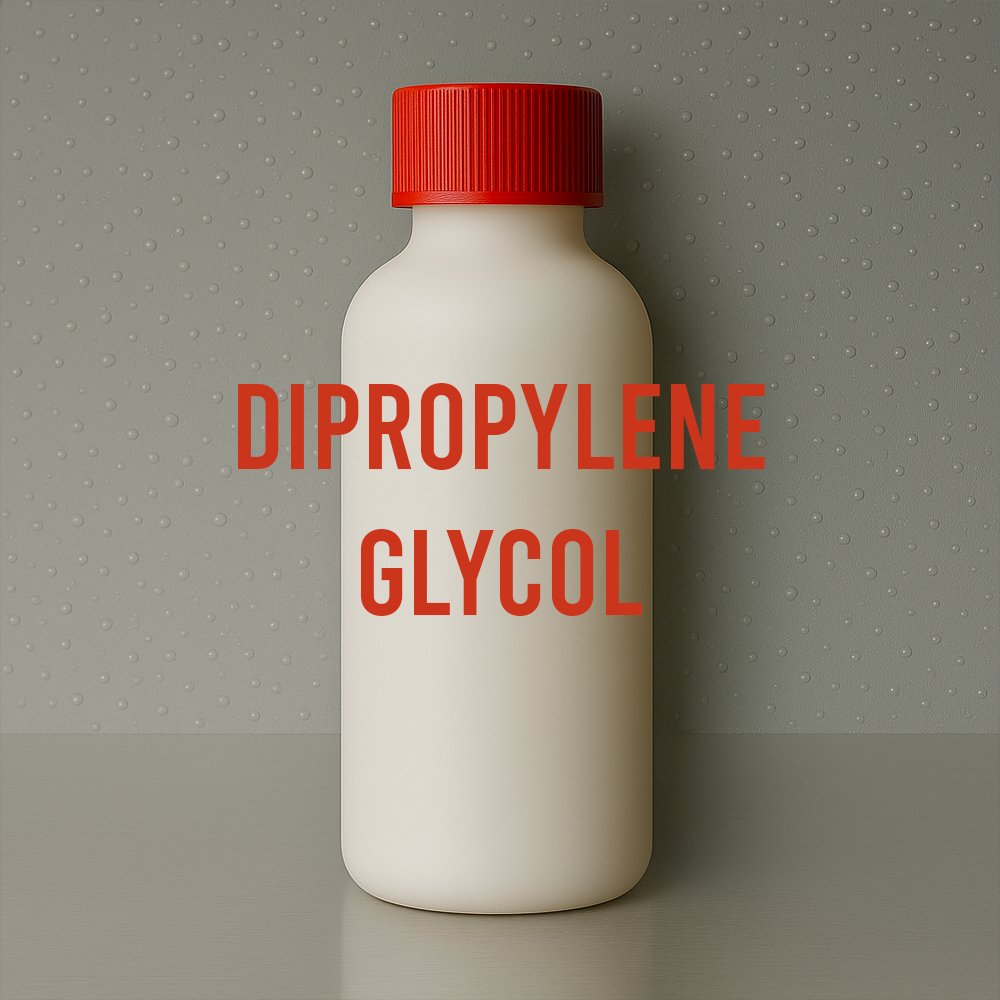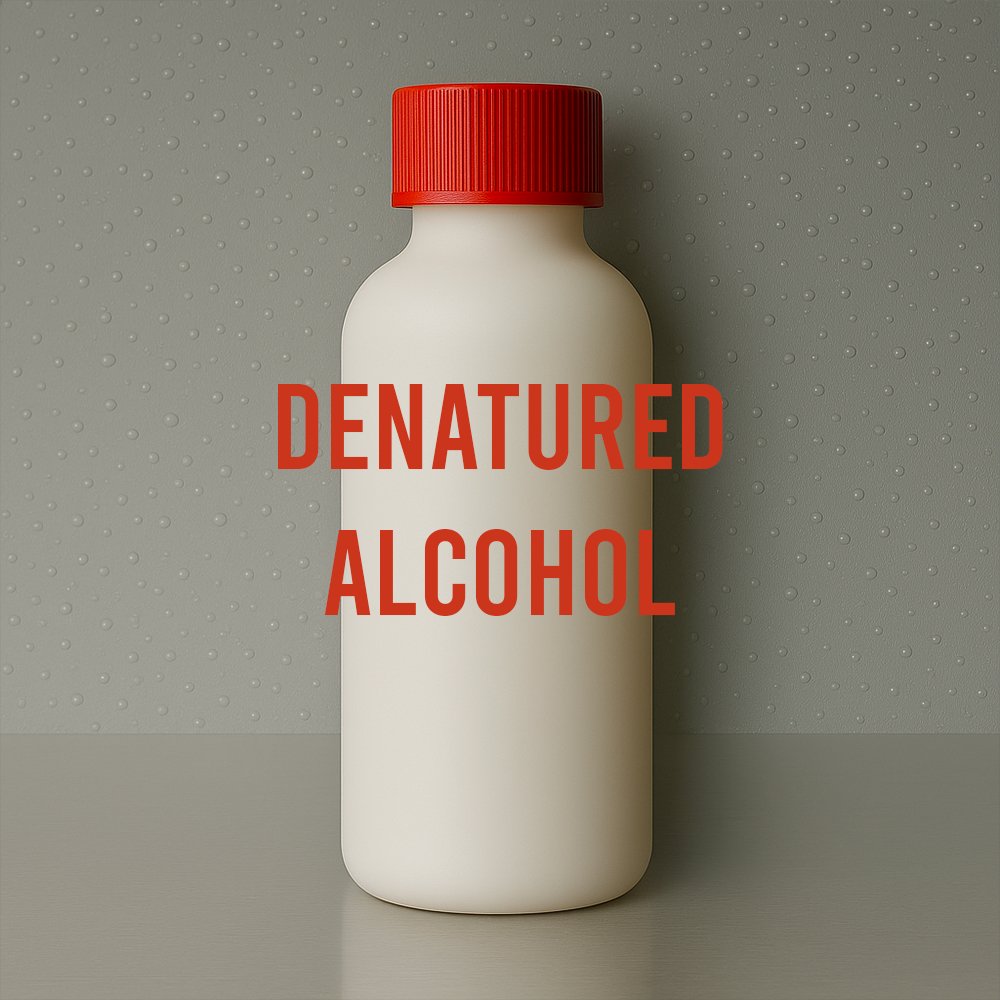Propylene Glycol
Solvent for Perfumery, Cosmetics, Food and Flavours
Propylene Glycol (Solvet) is a synthetic, petrochemically derived solvent widely used in perfumery, personal care, flavor, and pharmaceutical formulations. It is completely odorless, water- and alcohol-miscible, and serves as a carrier, humectant, and diluent for polar ingredients. Its high formulation compatibility, low toxicity, and stability make it essential for water-based fragrances, food-grade flavors, and cosmetic emulsions.
Functional Solvent Overview
🔎 Chemical Name: 1,2-Propanediol
🧪 Synonyms: PG, Propane-1,2-diol
🧬 Chemical Formula: C₃H₈O₂
📂 CAS N°: 57-55-6
📘 FEMA: 2940
⚖️ MW: 76.09 g/mol
📝 Odor Type: Odorless
📈 Odor Strength: None
👃🏼 Odor Profile: Neutral, inert
⚗️ Uses: Solvent, Carrier, Humectant
🧴 Appearance: Colorless, viscous liquid
What is Propylene Glycol?
Propylene glycol is a synthetic, bifunctional alcohol classified as a vicinal diol. It contains two hydroxyl groups (-OH) that confer hygroscopic and hydrophilic properties. It is industrially synthesized from propylene oxide through a non-catalytic hydrolysis process. This results in a chemically stable, water-soluble molecule with low volatility and high compatibility with both hydrophilic and lipophilic ingredients. A renewable, bio-based route via glycerol is under active development to improve sustainability.
Historical Background
Propylene glycol was first described in the 19th century, but commercial synthesis did not begin until the 1930s, when petrochemical advances enabled large-scale production of propylene oxide. Initially used in industrial and pharmaceutical contexts due to its low toxicity and stability, it rapidly became an essential carrier in food, medicine, and cosmetics. Its use in perfumery emerged later with the development of water-based and alcohol-free fragrances, where solvent performance and safety are critical.
Olfactory Profile & Perfumery Applications
Although olfactorily inert, propylene glycol is a key functional ingredient in fragrance formulations. Its primary roles include:
Solvent for polar aromatic compounds
Diluent for essential oils and synthetic materials
Carrier in water-based or alcohol-free fragrances
Humectant in skin-contact and ambient spray formats
Stabilizer in hydroalcoholic systems, enhancing miscibility
Due to its excellent sprayability and low evaporation rate, Solvet is widely used in body mists, roll-ons, air fresheners, and cosmetic formulations where alcohol use is restricted.
Industrial & Technical Uses
Outside of perfumery, propylene glycol is used across multiple regulated sectors:
Pharmaceuticals: Excipient and solubilizer in injectable, oral, and topical products
Food and Beverage: Carrier for flavors, humectant for baked goods (GRAS certified)
Personal Care: Moisturizing agent in shampoos, lotions, and conditioners
Technical: Component in antifreeze, de-icing fluids, plasticizers, and hydraulic systems
Its function as a safe, water-compatible solvent underpins widespread adoption in both consumer and industrial products.
Regulatory & Safety Overview
IFRA: Not restricted (confirmed under IFRA 51st Amendment)
EU Allergen List: Not listed among the 26 fragrance allergens
FEMA GRAS: No. 2940 (approved for food use)
REACH: Fully registered in the EU
ECHA: Classified as non-toxic, non-sensitizing, not a CMR or endocrine disruptor
Toxicology: Low acute toxicity; not sensitizing under standard dermal/inhalation use
Irritation: Minimal risk; high concentrations may cause transient skin or eye irritation
Environmental Impact
Biodegradability: Readily biodegradable in soil and aquatic environments
Aquatic Toxicity: Low; large spills may cause temporary oxygen depletion
Bioaccumulation: Not expected
Sustainability Note: Bio-based PG derived from glycerol is commercially available and gaining adoption as a renewable alternative
Additional Information
Boiling Point: 188.2 °C
Flash Point: 103 °C (closed cup)
Density @ 20 °C: 1.036 g/cm³
Refractive Index: 1.432–1.435
Solubility: Miscible with water, ethanol, acetone, chloroform
Structure: Simple aliphatic diol with two hydroxyl groups in a vicinal (1,2-) configuration
Code Name (Internal): Solvet
Perfumery Format Compatibility: Excellent in emulsions, sprays, wipes, and roll-ons
Incompatibility: Not compatible with highly lipophilic-only systems without co-solvent adjustment
Sources
User-provided source
Handbook of Pharmaceutical Excipients (Rowe et al., 2009)
The Chemistry of Fragrances (Sell, 2019)
OECD SIDS: Propylene Glycol (2001)
FEMA GRAS Database
ECHA Substance Information
PubChem CID 1030
FDA Food Additive Status List
